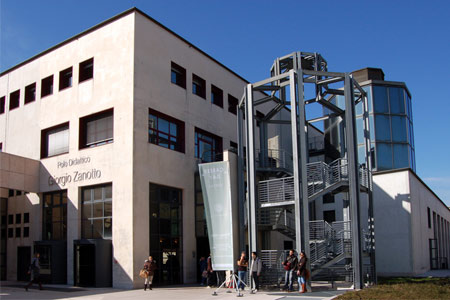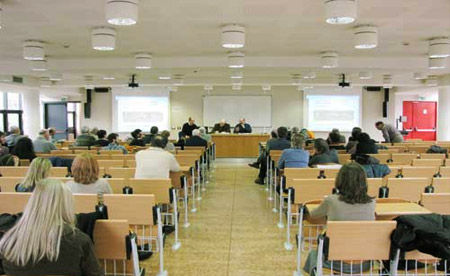Learning outcomes
Imagination is, in its proper character, something of opposite to reality. It goes beyond or transfigure the real projecting it on an “other scene” and pushing itself beyond the simple datum and its oppressive consistence.
Nevertheless, according to Jean Baudrillard, with virtual reality – as a result of simulation generated by modern technique – the opposition between imagination and reality ceases to exist. What was merely imagined is now realized, materially introduced into the real. Between reality and its double there is non distance. The two spheres became the same and neutralize themselves each other: reality dies under the weigh of the eternal flux of images produced by the “spectacular society”; and, on the other hand, images disappear because they are equal to reality. Everything – the objects, the individuals, the life itself in its trivial and wasted aspects – is forced to became an image: reality as a whole, therefore, is brought into an aesthetical dimension. But what is art in such a context? Which are nowadays the meaning and the role of artistic expressions if they are produced outside any definite frame? Following Baudrillard, in our lessons we shall emphasize and develop these questions.
Pre-qualifications: none
Course’s contents: Technique as a medium. – Meaning without reference. – The sign. – Simulation. – The end of the real and of the imaginary world. – Virtual reality and disappearance of the shadow. – Exhibition of banality and “pornographic” character of images.- The end of the secret. – Art in the age of its disappearance: the triumph of aesthetics. – The consumer society and the art. – Postmodernism and Pop Art.
Method of teaching: frontal lessons. Attendance to lessons is recommended.







